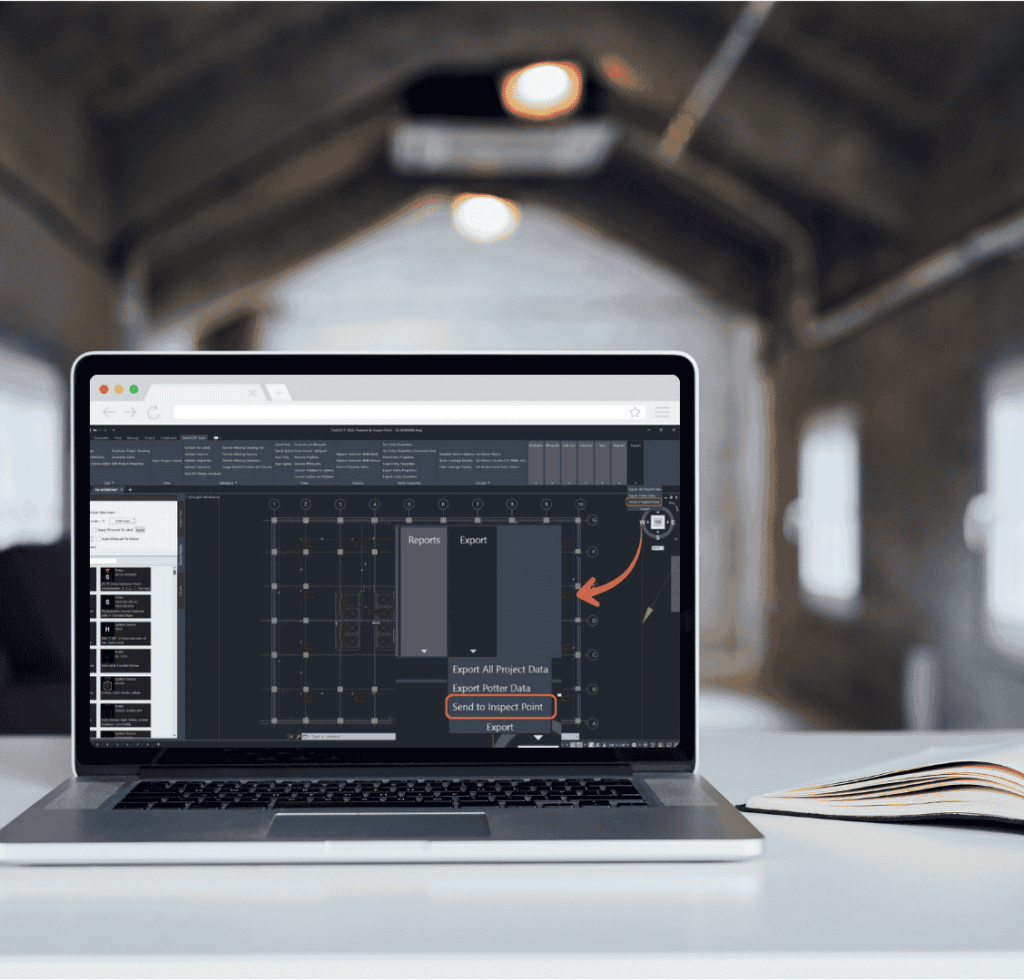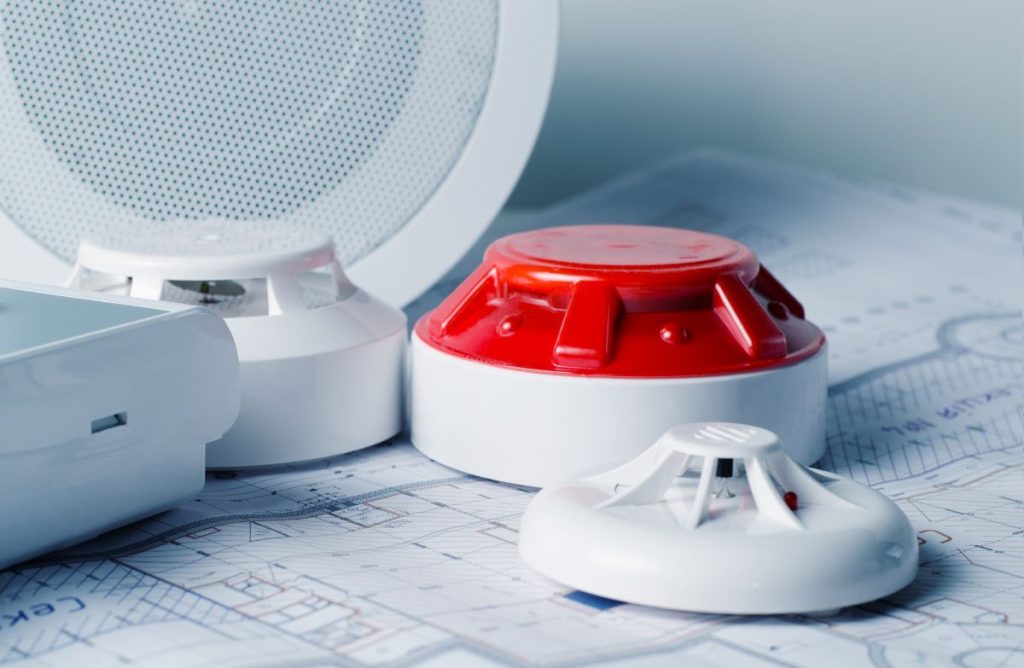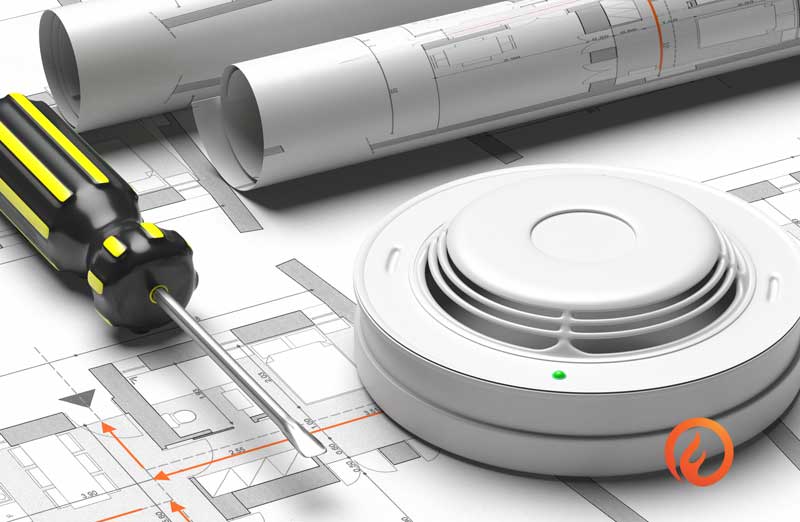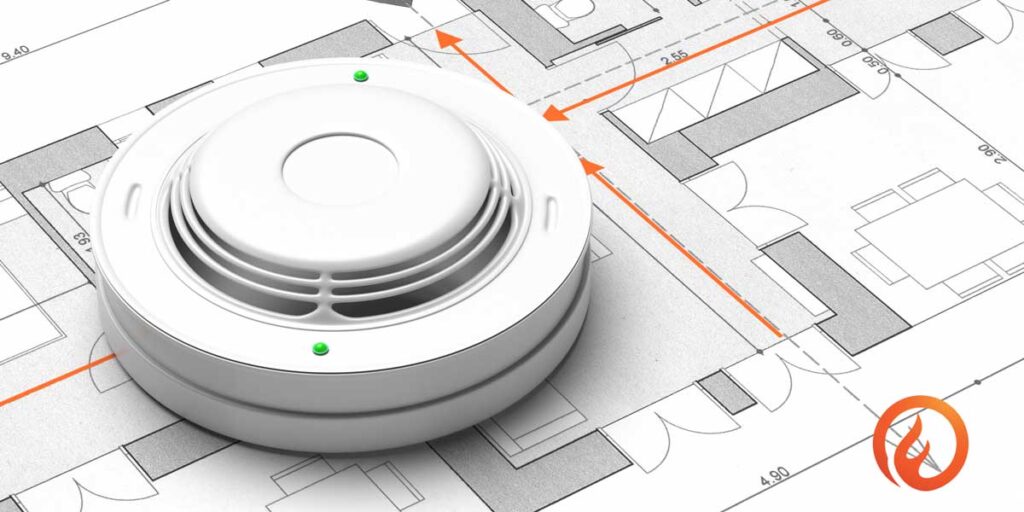FireCAD x Inspect Point Integration: Closing the Gap Between Design and Inspection
If you design fire alarm systems, you know the feeling: You’ve spent hours perfecting a layout, labeling devices, tightening your documentation—and as soon as the design leaves your hands, the friction begins. Spreadsheets get passed around. Someone rebuilds your device list in a different format. A field team misses an update. An AHJ asks for […]
FireCAD x Inspect Point Integration: Closing the Gap Between Design and Inspection Read More »










